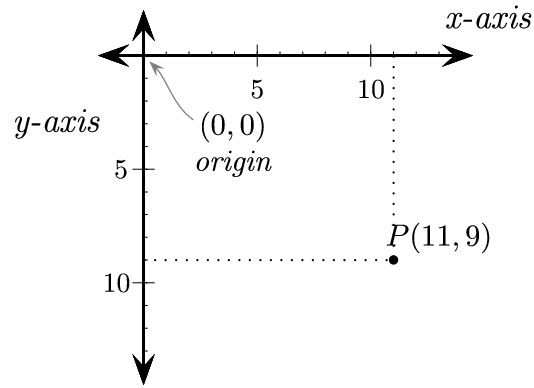I do partially think the way we read text is something to consider. However, I also think how graphics canvases work in graphics programming has something to do with it as well.
Basically, to make a character go towards the right would involve adding to their position, going left would subtract.
Now, doing addition is not really more difficult than doing subtraction, however there are some considerations.
1) There is a psychological compulsion that "going forward is a +", at least there is to me.
2) The less negative numbers there are the less chance you have of needing to deal with negatives.
3) Back in the day, doing subtraction was probably more difficult than one might think. The NES, for instance, required that the programmers manually manipulate the memory registers on the machine. Doing an ADDITION in this case, is safer than a subtraction. All you need to do is add the speed and then add the position, and store it in the proper register. The ORDER you do it doesn't matter. However if you mix up subtracting the speed from the position and the position from the speed, you get a wrong number.
However, in all most of these games you can, of course, go left; but something to keep in mind is that the top of the screen is ALWAYS position (0,0). In the first mario, they likely didn't want to deal with the negative number issue and simply NEVER let you move backwards (once the screen moved past a point in Mario 1, that was it).
Likely in the future, once this was more of a solved problem, they probably decided to keep right as the primary direction for the sake that players were just used to it.


